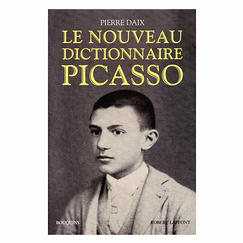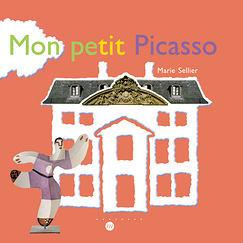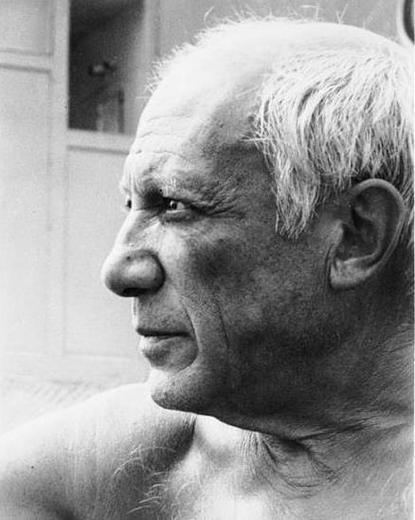WRITTEN IN FRENCH
Carmen has besieged Picasso since his youthful work, in which prostitutes and gypsies confuse their sulphurous aura to question the morality of the bourgeois order. It thus runs through all his art from this first Carmenian sketch dating from 1898, the brothel scenes of the years 1900-1903, ...
Read more
WRITTEN IN FRENCH
Carmen has besieged Picasso since his youthful work, in which prostitutes and gypsies confuse their sulphurous aura to question the morality of the bourgeois order. It thus runs through all his art from this first Carmenian sketch dating from 1898, the brothel scenes of the years 1900-1903, the large portraits in Spanish from 1905-1918, the bullfighters put to death from the 30s, to the illustrations of Mérimée's Carmen in 1949 and the Carmen des Carmen in 1957.
Inspired by a fantasy Spain or drawing on the source of Greek mythography, the fatal heroine reveals herself to be the focus of an ardent and abundant symbolisation. But it is also the figure of the double that emerges behind Picasso's Carmen: Carmen is the other, the painter himself reflected in the woman's mirror.
Exhibition Picasso - Carmen Sol & Sombra, at the Musée national Picasso-Paris in 2007.
French
190 pages
Coédition Rmn - Grand Palais / Flammarion
Close




